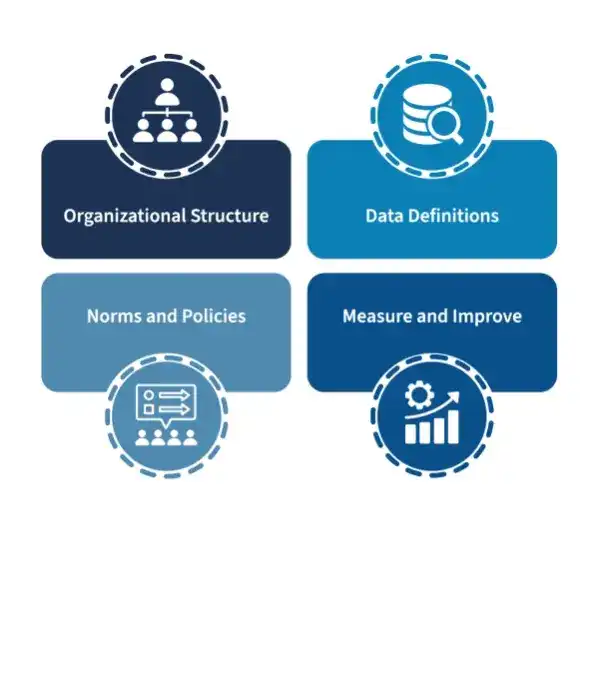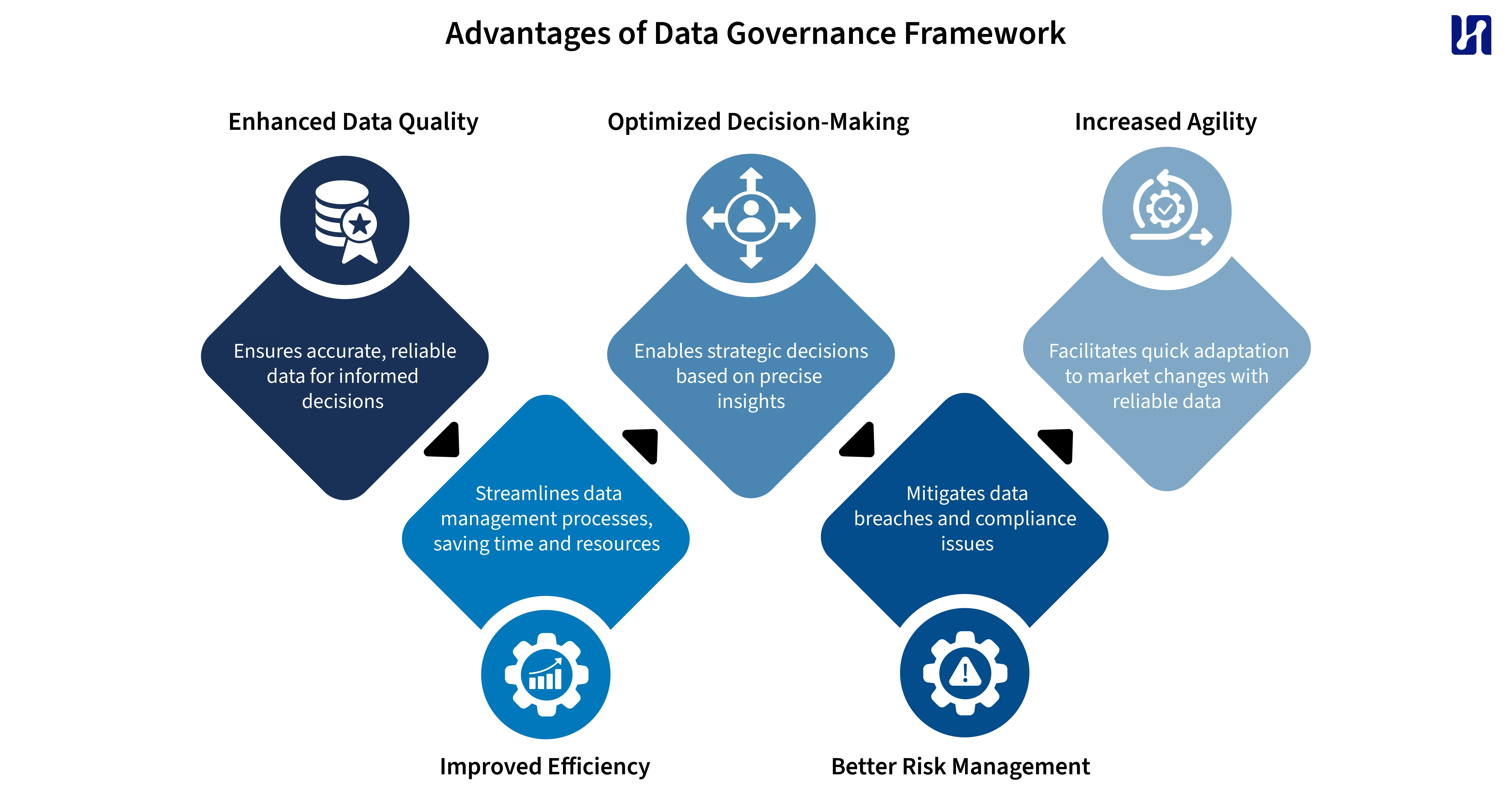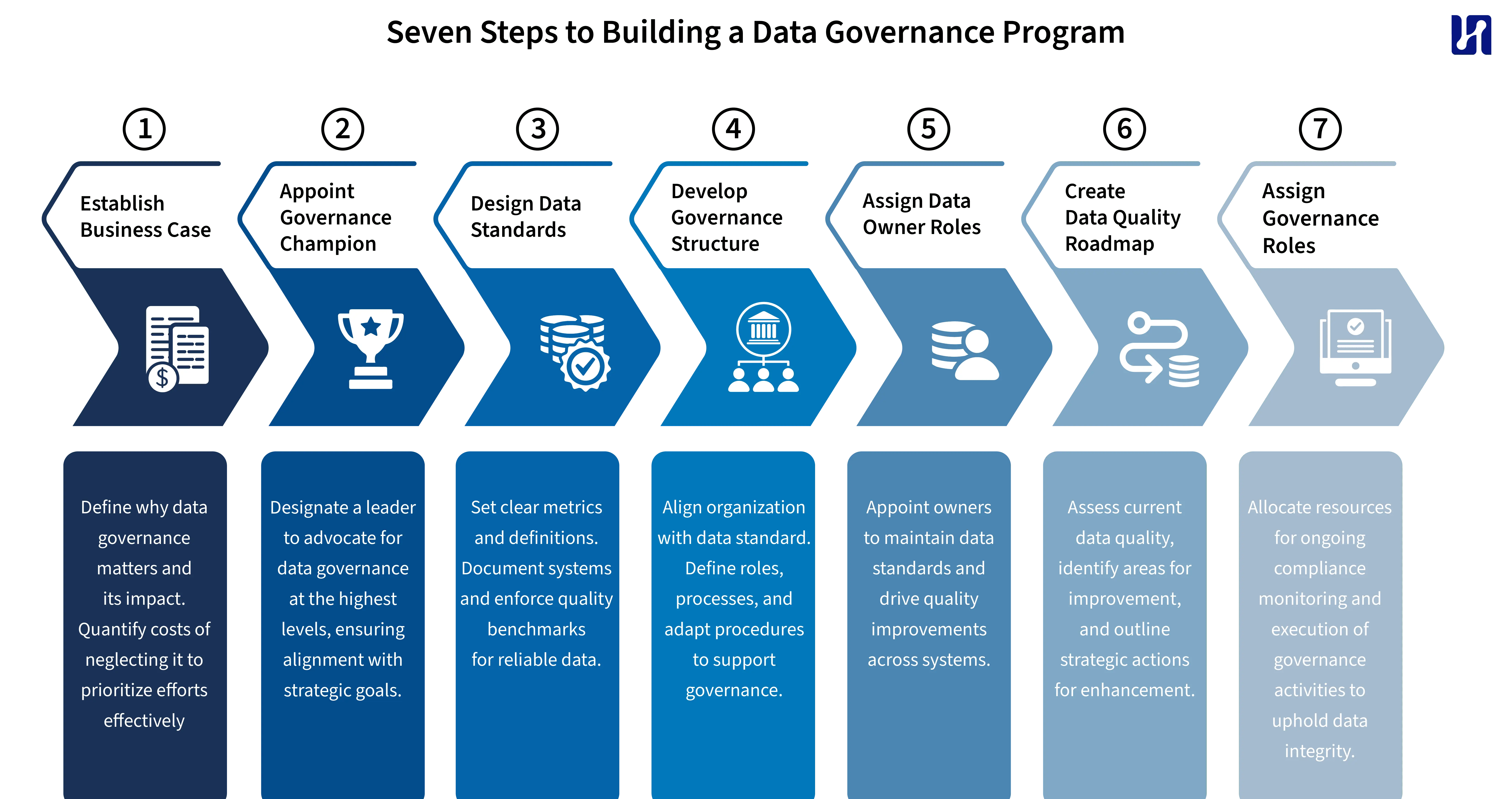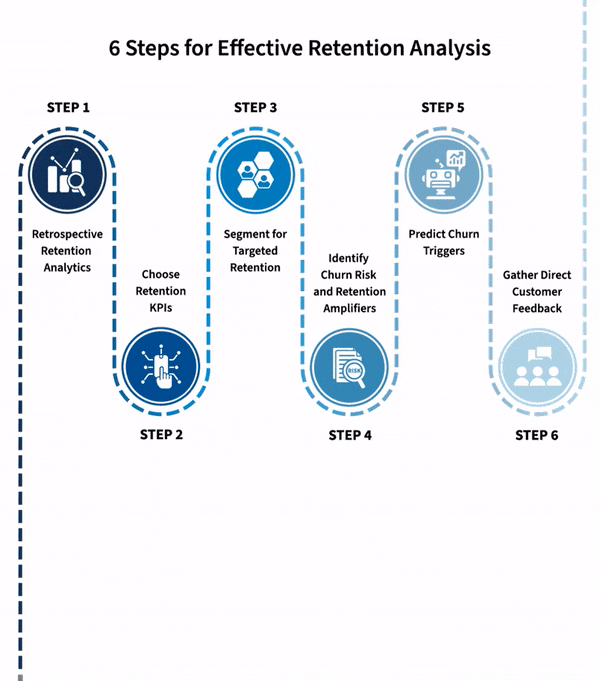
 Maximilian Filtenborg
Maximilian Filtenborg

Data governance is a way of managing data in your organization. Data governance in itself is thus also not the goal; it is a necessity that many organizations need because of their challenges with managing data according to the governance rules required.
Data Governance is about people, processes, policies, and tools. These will allow organizations to make the right decisions, following best practices (and compliance rules) while they use data to become more successful.
In this blog, we cover the following topics:
As the introduction mentions, Data governance is about three things: people, processes, and tech. A data governance framework is a blueprint for governing your data. Every data governance practice begins with defining this framework — unique to the organization.
The framework for data governance starts with defining the basis for your data strategy and compliance. First, the organization’s data(-model) needs to be defined: what are the inputs, what data do we capture, and what do we output? The governance model then captures the processes and responsibilities that define how these data flows are managed and controlled.
In short, your data governance framework should include:
The analogy “data is the new oil” underscores the potential value of data, but like crude oil, data requires refinement to unlock its true worth. A robust data governance framework is essential to help you establish processes that will allow you to transform your raw data into high-quality, actionable insights.

A well-established data governance framework refines raw data into valuable insights. It drives organizational efficiency, informed decision-making, and strategic agility, improving performance and competitiveness.
A difficult aspect of becoming data-driven is data democratization in larger organisations. Data often lives in silos which prevent various employees of using data in their daily operation. By setting up a framework for data democratization which gives employees access to the right data, tools and processes, data can start to be used to make strategic decisions, measure performance and discover new opportunities.
The proliferation of global customer data privacy regulations, exemplified by the European Union’s General Data Protection Regulation (GDPR), underscores the imperative for organizations to meticulously manage data collection, storage, and usage. These regulations empower users with rights such as requesting the deletion of personal data from organizations or adhering to data sovereignty laws, mandating data to be stored and processed locally.
Despite the evident benefits of implementing a data governance framework, many organizations encounter formidable challenges in its successful adoption. Let’s delve into the reasons behind this.
A large part of a successful data governance program does not concern itself with the data itself but rather with the people, teams, communication, and collaboration processes in place. This is also the hardest part to get right. As an organization changes and starts to tackle the issues that a data governance program tries to solve, the organization and its culture will have to change with it. A common phrase in this process will be ‘we always did it like this’; tackling these ‘bad habits’ in an organization is paramount, but an uphill battle and not an easy feat.
To address these challenges head-on, here are a few tips that will allow you to avoid common mistakes that we’ve seen:
Now that we’ve established the challenges and the benefits of data governance, let’s try to make the first steps to establishing a data governance framework more concrete.
Data governance is important, but for many, it’s also a vague concept. In this section, we’ve outlined a step-by-step process you can follow (and we follow with our clients).

By focusing on the reason why we need data governance first, we avoid falling into the trap of thinking that data governance is a goal in and of itself; it is not. Clearly define the problems you want to solve with data governance, this can for example be done by measuring what it would cost not to have data governance in place. This will help your future self to establish why it is so important we spend time on all of this.
When establishing the business case, make sure you create a clear vision in terms of data quality and processes you want your organization to achieve.
A crucial step to making data governance successful is to make it part of the higher-level strategy of the business. To successfully change an organization and how it operates you need a leader in management that preaches the change required, otherwise, you risk failing before you’ve even started.
To start with, all the most important metrics and KPIs and underlying data points need to be backed by clear definitions of what they are and how you measure them. Data-generating systems and variations on the same data must be documented clearly, and quality standards must be established. Once these standards are in place, steps will have to be taken to make sure these standards are met.
Your organizational structure should align with the standards you’ve established for effective data management. This entails defining the roles and responsibilities of those overseeing data governance, establishing internal governance processes to manage activities like change management for standards, and adapting external processes that impact the organization’s ability to govern, such as IT project management procedures.
Data owners are tasked with overseeing the data standards of the data-generating systems and spearheading the development of a data quality roadmap, which we’ll discuss in the following step.
This roadmap serves as a comprehensive guide to your current data quality status. Evaluate it against the standards defined in your organization and propose strategic actions to bridge any gaps and ensure sustained high quality.
Allocate resources to fulfill the remaining data governance roles essential for ongoing compliance measurements and the execution of activities outlined in the data quality roadmap.
In summary, data governance is vital for organizations to leverage their data effectively. A well-executed framework ensures data quality, enhances efficiency, and enables informed decision-making while ensuring compliance. Despite challenges such as organizational inertia and evolving regulations, a structured approach can overcome hurdles. By establishing a clear business case, appointing champions, and designing standards, organizations pave the way for success. Continuous monitoring and refinement are essential for sustained effectiveness. Ultimately, data governance is a strategic necessity, enabling businesses to thrive in today’s data-driven landscape.

Maximilian is a machine learning enthusiast, experienced data engineer, and co-founder of BiteStreams. In his free-time he listens to electronic music and is into photography.
Read moreEnjoyed reading this post? Check out our other articles.

 Maximilian Filtenborg
Maximilian Filtenborg

 Maximilian Filtenborg
Maximilian Filtenborg

 Donny Peeters
Donny Peeters